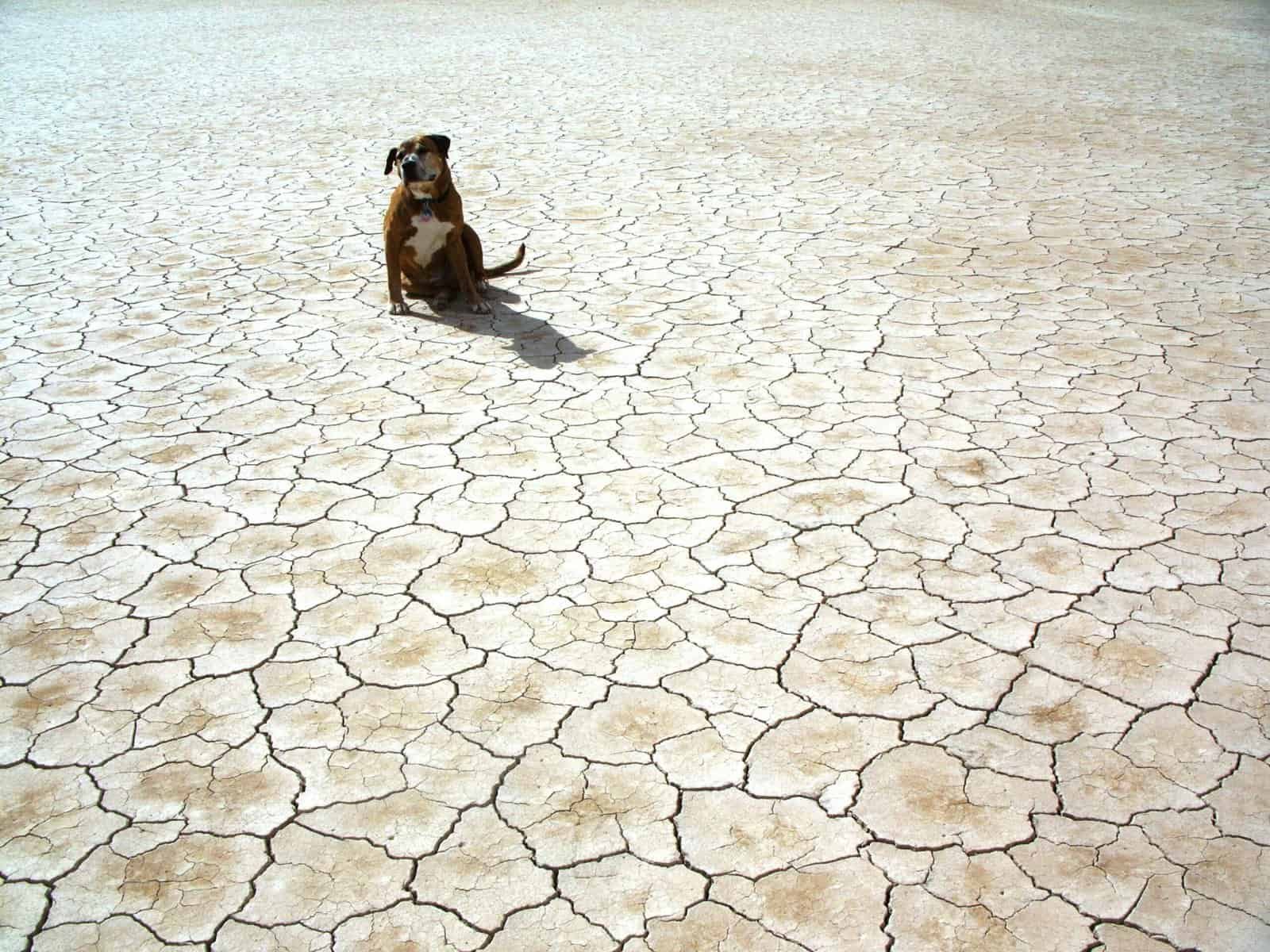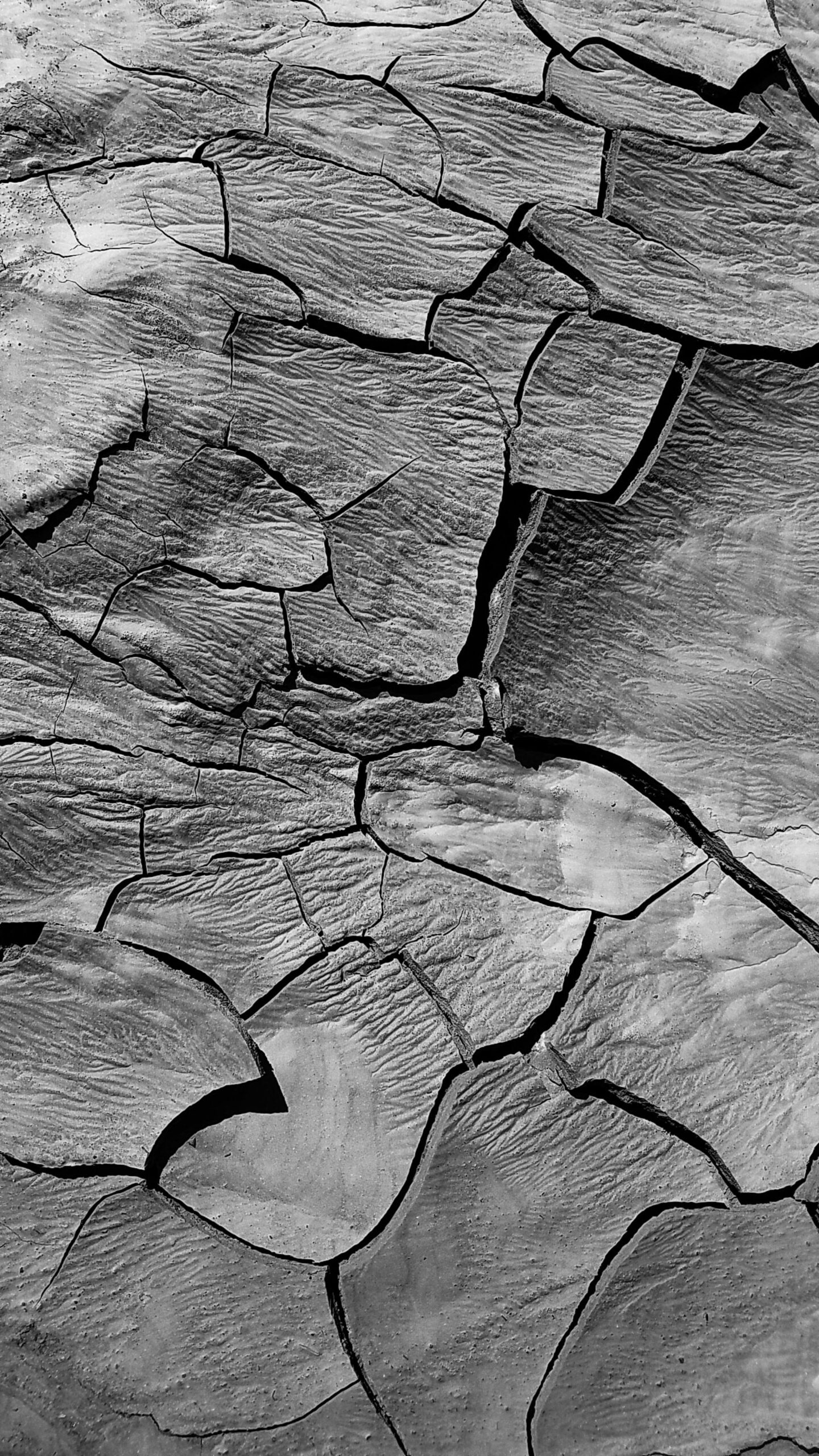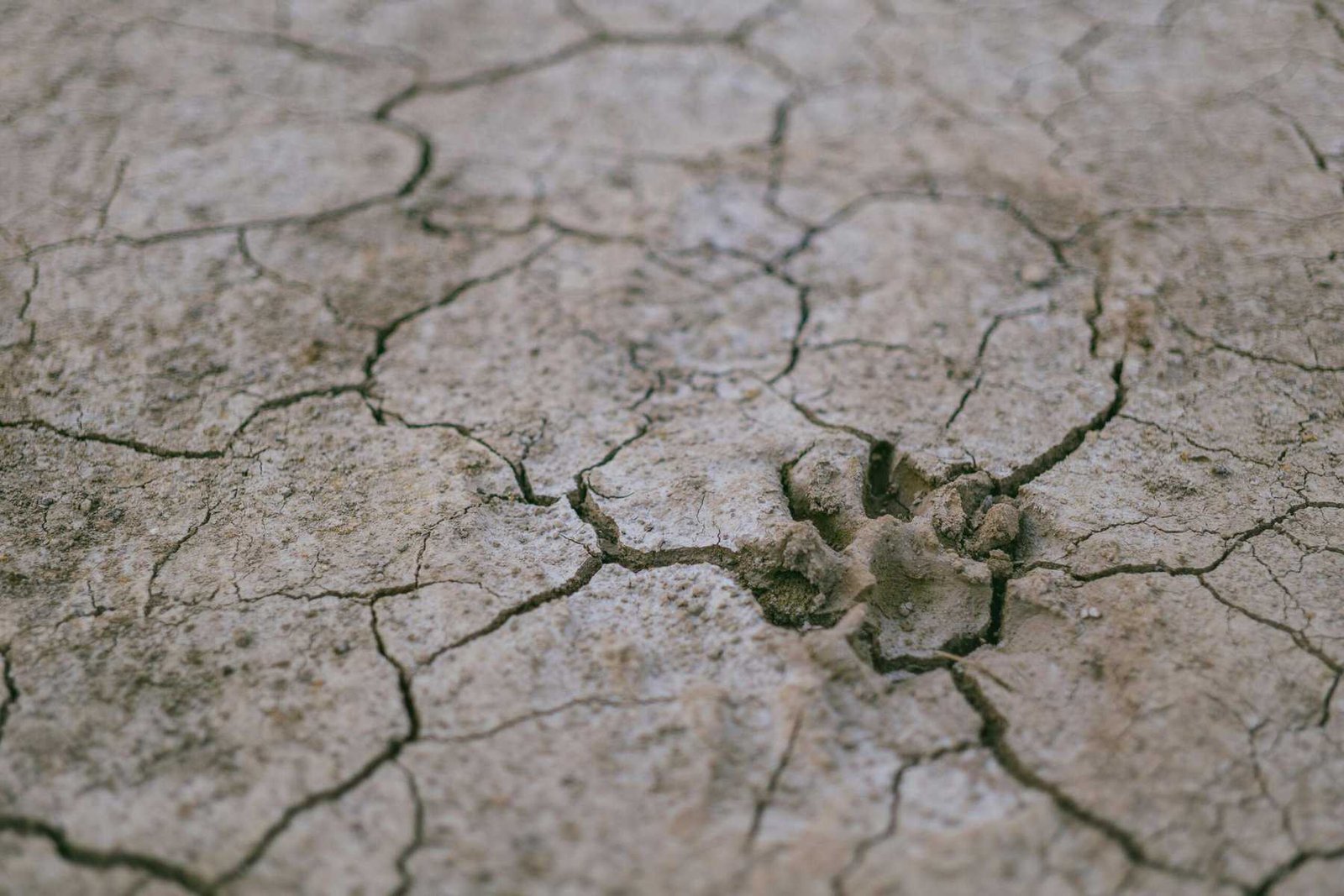In “Water Wells Go Dry as California Feels Warming Impacts,” you’ll delve into the escalating crisis as climate change relentlessly tightens its grip on California. The persistent drought conditions have left numerous communities grappling with a fading water supply, significantly impacting the region’s agriculture and daily life. This heartfelt piece highlights personal stories from affected individuals and examines the broader implications for the state’s water resources. Explore the multifaceted challenges that arise when wells run dry and discover what measures are being considered to mitigate the harsh consequences of this environmental predicament. Have you noticed that your water well has been running low lately, or perhaps you’ve heard about neighbors facing similar issues? You’re not alone. As California grapples with the impacts of climate change, many water wells are going dry, leaving communities across the state scrambling for solutions.

The Current State of California’s Water Wells
California, known for its sprawling landscapes and agricultural productivity, is heavily reliant on groundwater. The state’s water wells, especially in rural areas, serve as crucial sources of drinking water, irrigation, and industrial use. However, prolonged periods of drought and higher temperatures have begun to take a severe toll on these vital resources.
Declining Water Levels
Groundwater levels have been dropping consistently over the past few decades. Studies have shown that some regions in California are experiencing an unprecedented decline. This issue isn’t just about low water levels; it also means wells are running dry at an alarming rate.
The Impact on Agriculture
The agricultural sector is the backbone of California’s economy, but it’s also one of the most water-intensive. With wells drying up, farmers are facing difficulties in irrigating their crops, leading to potential losses in yield and revenue. This issue extends beyond economics; it threatens food security for families across the nation.
Contributing Factors to Drying Wells
Several interconnected factors are contributing to the desiccation of California’s wells. Understanding these can help you grasp the extent of the problem and why it’s so urgent.
Climate Change
Climate change is the primary culprit behind the drying of water wells in California. Warmer temperatures increase evaporation rates, which decreases surface water and infiltrates groundwater supplies. The changing climate also leads to irregular precipitation patterns, thereby reducing the recharge rates of the aquifers.
Over-Pumping
Excessive extraction of groundwater for agricultural, industrial, and residential use is another significant factor. When groundwater is pumped faster than it’s replenished, it leads to a drop in water levels. With each passing year of drought, the demand on these water reserves increases, exacerbating the problem.
Land Subsidence
Land subsidence is yet another consequence of groundwater depletion. When significant amounts of water are extracted from underground, the soil compacts and the ground level sinks. This further reduces the aquifer’s capacity to store water, creating a vicious cycle of depletion and subsidence.
Regions Most Affected
Certain regions in California are more severely impacted than others due to their reliance on groundwater and their geographical characteristics. Here’s a closer look at these areas:
Central Valley
The Central Valley, often called the “food basket of the world,” is one of the hardest-hit regions. Communities here are heavily dependent on groundwater for both drinking and irrigation. With wells drying up, the quality of life and agricultural output are both at risk.
Southern California
In Southern California, urbanization and industrial activities have led to increased groundwater extraction, making the region particularly vulnerable to water shortages. The area is also prone to intense heatwaves, heightening the stress on already scarce water resources.
Northern California
Although less affected than the Central and Southern regions, Northern California is not immune. The combination of climate variations and substantial agricultural activities is causing wells in this region to dry up as well.
Community Reactions and Responses
Communities across California are feeling the impact and are taking various measures to tackle this issue. Let’s explore some of the grassroots and governmental responses to this escalating crisis.
Local Initiatives
Local communities are taking the lead in water conservation efforts. Some communities have implemented strict water rationing, while others have invested in rainwater harvesting and greywater systems.
Governmental Actions
The state government has initiated several programs aimed at mitigating the water crisis. Grants and loans are available for well owners to deepen existing wells or drill new ones. Innovation in water management, such as the Sustainable Groundwater Management Act (SGMA), seeks to balance groundwater use and replenish supplies.
Technological Innovations
Technological solutions like smart irrigation systems and advanced groundwater monitoring tools are being adopted. These technologies help in the efficient use of water resources and provide real-time data to manage groundwater levels effectively.

Long-term Solutions and Adaptations
Short-term fixes are necessary, but long-term solutions are equally crucial for sustainability. Here are some strategies and adaptations that could offer a more sustainable future for California’s water wells.
Sustainable Groundwater Management
Sustainable groundwater management involves balancing water withdrawal with natural recharge rates. This might include managed aquifer recharge projects, where water is intentionally diverted to permeate the ground and replenish aquifers.
Agricultural Reforms
Reforming agricultural practices can also play a pivotal role. Switching to crops that require less water and adopting more efficient irrigation techniques like drip irrigation can significantly reduce water usage.
Infrastructure Improvements
Investing in robust water infrastructure can mitigate the impacts of drying wells. Enhanced pipelines for transporting water from surplus areas, desalination plants, and improved water recycling facilities are some infrastructure improvements that can be pursued.
Public Awareness and Education
Raising public awareness about water conservation can lead to more responsible water use. Educational campaigns can teach simple yet effective ways to save water, ensuring that every person contributes to the effort.
How You Can Help
You might be wondering how you, as an individual, can make a difference. Small changes in everyday habits can collectively have a substantial impact.
Water Conservation
Conserving water in daily activities is vital. Simple actions like fixing leaks, using water-efficient appliances, and turning off the tap when not in use can save significant amounts of water over time.
Supporting Local Initiatives
Get involved in local water conservation initiatives. Whether it’s participating in community meetings or supporting local legislation aimed at sustainable water use, your involvement can drive change.
Staying Informed
Stay informed about the state of water resources in your area. Knowledge is power, and being aware of the current situation can help you make more informed decisions about water use.

Conclusion
California’s water crisis is a complex issue influenced by climate change, over-pumping, and land use practices. Understanding the factors at play and the impact on different regions helps in identifying effective solutions. As we navigate this challenge, both immediate actions and long-term strategies are essential to ensure that water wells – vital lifelines for communities across the state – do not run dry.
By contributing to conservation efforts and supporting sustainable practices, you can be part of the solution, ensuring a better future for generations to come. Together, we can tackle this challenge and secure California’s precious water resources.
